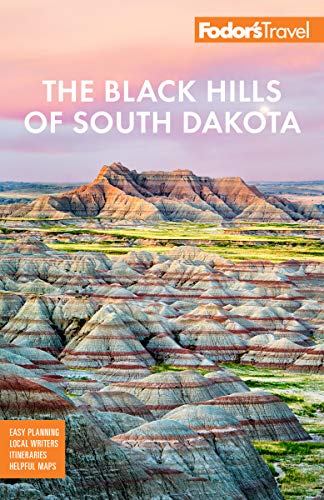Mount Rushmore: America's Shrine of Democracy
Like most impressive undertakings, Mount Rushmore's path to realization was one of personalities and perseverance.
When Gutzon Borglum, a talented and patriotic sculptor, was invited to create a giant monument to Confederate soldiers in Georgia in 1915, he jumped at the chance. The son of Danish immigrants, Borglum was raised in California and trained in art in Paris, even studying under Auguste Rodin, who influenced his style. Georgia's Stone Mountain project was to be massive in scope—encompassing the rock face of an entire peak—and would give Borglum the opportunity to exercise his artistic vision on a grand scale.
But the relationship with the project backers and Borglum went sour, causing the sculptor to destroy his models and flee the state as a fugitive. Fortunately, state officials in South Dakota had a vision for another mountain memorial, and Borglum was eager to jump on board. His passion and flamboyant personality were well matched to the project, which involved carving legends of the Wild West on a gigantic scale. In time, Borglum persuaded local officials to think larger, and the idea of carving a monument to U.S. presidents on a mountainside was born.
Borglum began carving Mount Rushmore in 1927 with the help of some 400 assistants. In consultation with U.S. Senator Peter Norbeck and State Historian Doane Robinson, Borglum chose the four presidents to signify the birth, growth, preservation, and development of the nation. In 6½ years of carving over a 14-year period, the sculptor and his crew drilled and dynamited a masterpiece, the largest work of art on Earth. Borglum died in March 1941, leaving his son, Lincoln, to complete the work only a few months later—in the wake of the gathering storm of World War II.
Follow the Presidential Trail through the forest to gain excellent views of the colossal sculpture, or stroll the Avenue of Flags for a different perspective. Also on-site are an impressive museum, an indoor theater where films are shown, an outdoor amphitheater for live performances, and concession facilities. The nightly ranger program and lighting of the memorial is reportedly the most popular interpretive program in all of the national parks system.
Mount Rushmore Information Center. The Mount Rushmore Information Center, between the park entrance and the Avenue of Flags, has a small exhibit with photographs of the presidents' faces as they were being carved. There's also an information desk here, staffed by rangers who can answer questions about the memorial or the surrounding Black Hills. A nearly identical building across from the information center houses restrooms, telephones, and soda machines. Beginning of Ave. of Flags, South Dakota. 605/574–3198; www.nps.gov/moru. Free; parking $10. May–Sept., daily 8 am–10 pm; Oct.–Apr., daily 8–5.
Mount Rushmore Attractions
Avenue of Flags. Running from the entrance of the memorial to the museum and amphitheater at the base of the mountain, the avenue represents each state, commonwealth, district, and territory of the United States.
Lincoln Borglum Museum. This giant granite-and-glass structure underneath the viewing platform has permanent exhibits on the carving of the mountain, its history, and its significance. There also are temporary exhibits, a bookstore, and an orientation film. Admission is free, and it is open year-round.
Presidential Trail. This easy hike along a boardwalk and down some stairs leads to the very base of the mountain. Although the trail is thickly forested, you'll have more than ample opportunity to look straight up the noses of the four giant heads. The trail is open year-round, so long as snow and/or ice don't present a safety hazard.
Sculptor's Studio. Built in 1939 as Gutzon Borglum's on-site workshop, it displays tools used by the mountain carvers, a 1:12-scale model of the memorial, and a model depicting the unfinished Hall of Records. Admission is free. Open May–September only.




